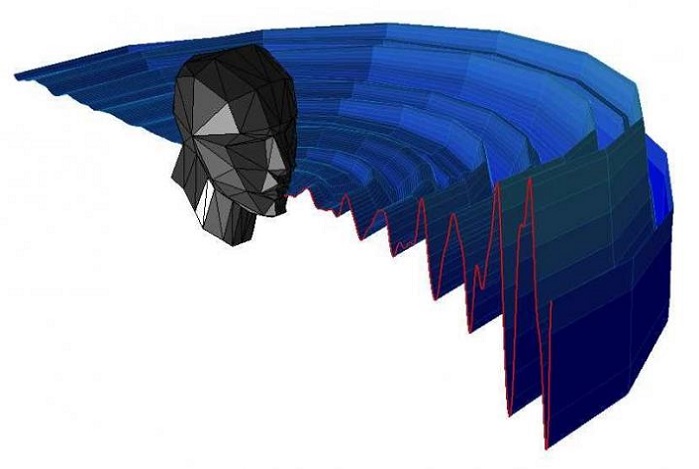Podcast: Play in new window

BOB HIRSHON (host):
Human sonar. I’m Bob Hirshon and this is Science Update.
(Human echolocation clicks)
Some blind people use clicking sounds like these to navigate. It’s called echolocation, and while it’s usually associated with bats and dolphins, Durham University neuroscientist Lore Thaler explains that a handful of people around the world are known to use it to find their way around unfamiliar places, ride bicycles and even play ball. Her team reports in PLOS Computational Biology that they’ve analyzed in detail the sounds made by three people who echolocate. Thaler says the clicks are higher-pitched than regular speech.
LORE THALER (Durham University):
We found that the clicks are much more directional than speech.
HIRSHON:
The researchers are now studying how synthetic echolocation clicks uncover the properties of the objects they bounce off of. Thayer says most people can learn to echolocate and hopes the research will inspire more people to do so. I’m Bob Hirshon, for AAAS, the science society.
Story by Susanne Bard
